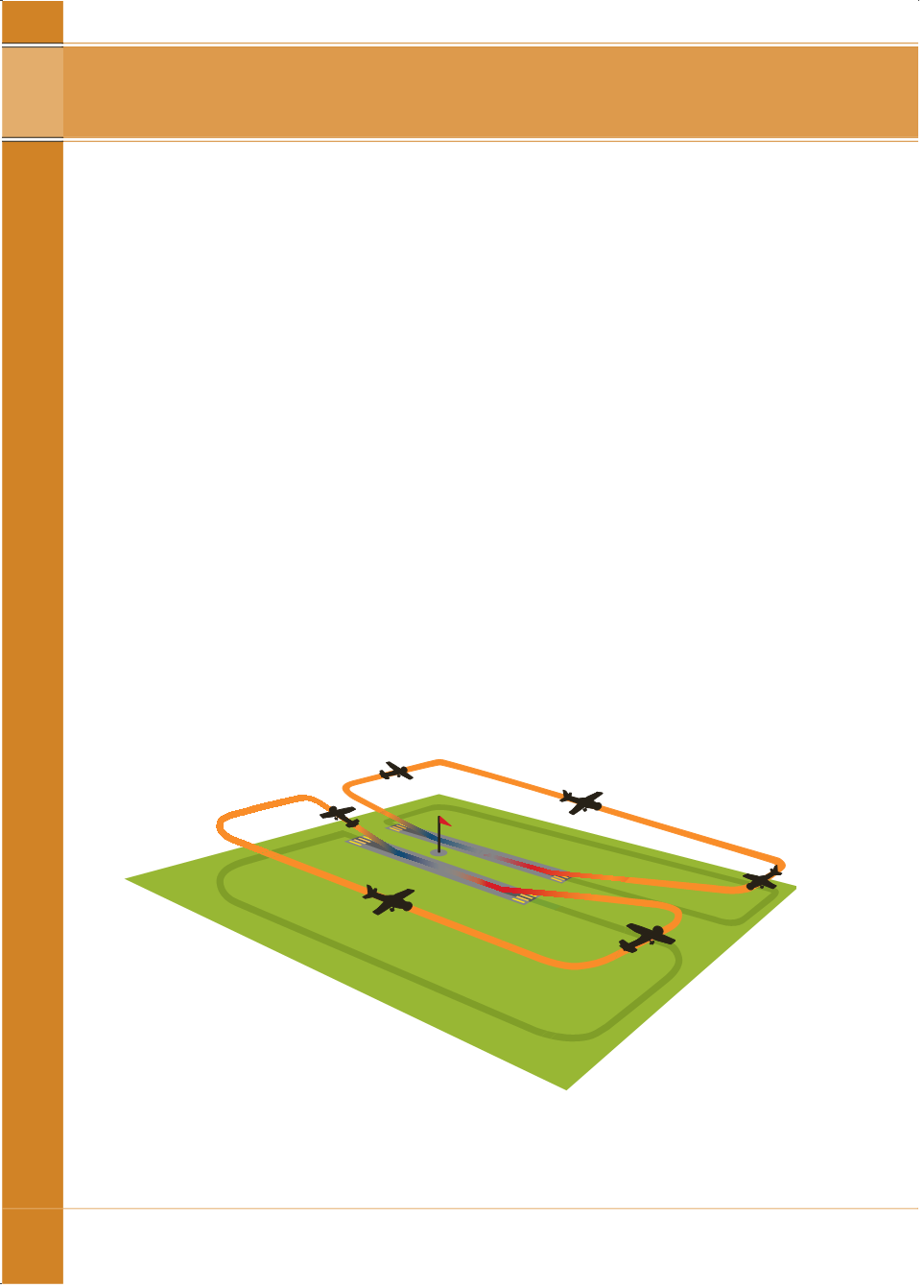

302
Thepilot-in-commandmust not deviate from the track, level and intentions
stated during the establishment of 2-way communications or the instructions
issuedbyATC (if these instructionsmodify the stated track, level and
intentions), unless authorised byATC.
UnlessATC specifically instructs otherwise, establishment of two-way
communications permits a pilot, intending to land at an aerodromewithin
ClassD airspace, to descend as necessary to join the aerodrome traffic
circuit.
Cancelling IFR toExpediteArrival.
If operating IFR and experiencingdelay in
gaining clearance to enter ClassD airspace fromClassG airspace, a pilot can
choose to cancel IFR (provided theweather conditions permit VFR), and arrive
VFR.
Note: By cancelling IFR, ATCwill not be required toprovide you IFR/IFR
separation; whichmay be the reason for thedelay.
Parallel RunwayOperationsatClassDAerodromes.
Where aClassD
aerodrome is equippedwith parallel runways, ATCmay sequence aircraft
for simultaneous contra-direction circuits andmay conduct these operations
using separate tower frequencies for each runway. Operationswill be
regulated independently in each circuit, with anATC clearance required to
enter the opposite circuit or airspace.
pilot responsibilities
3 – CLASS D A I RSPACE

















